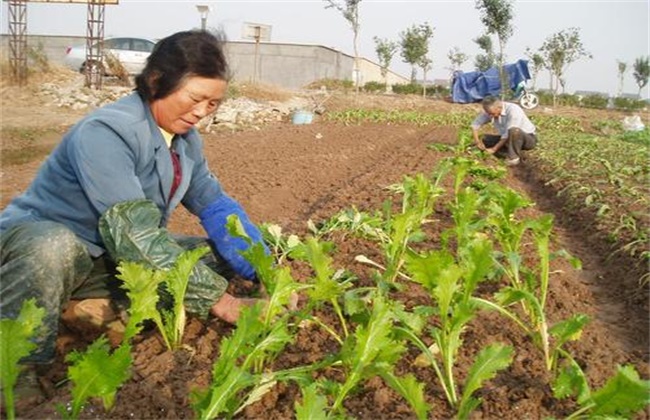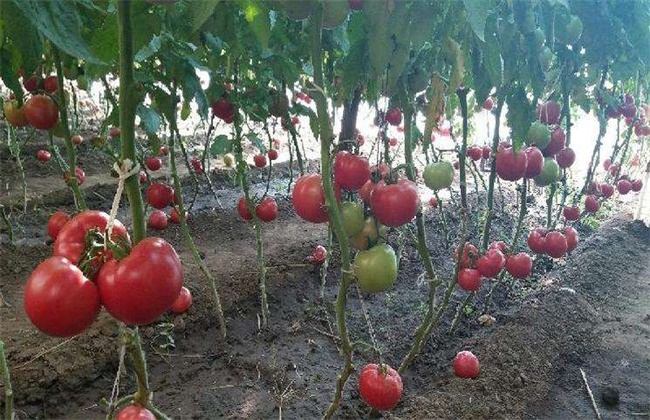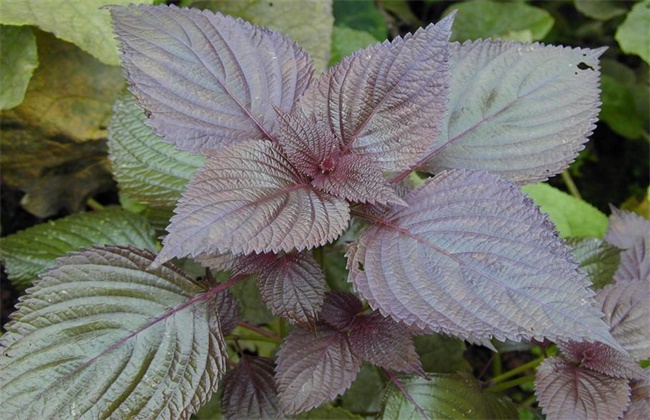Transplanting techniques and seed retention points of mustard
Pickled mustard is a kind of mustard, we know mustard generally refers to leaf mustard, such as nine mustard, potherb mustard, pig mustard, etc., and in fact there are other plum mustard, one is edible abnormal stem, that is, pickled mustard, and another is edible abnormal bud, such as children's vegetables. Most of the pickled vegetables we eat in life are processed, taste crisp and tender, do not have a flavor, so how to transplant pickled vegetables planting seeds? Let's get to know each other.

1. Transplanting pickled mustard tuber
1. The base fertilizer needs to be deeply applied before planting pickled mustard tuber. Many farmers often apply the base fertilizer after raking well before transplanting. This will lead to the loss of fertilizer after exposure to the air and rain, which greatly reduces the utilization rate of fertilizer. Therefore, the base fertilizer of pickled mustard tuber must be applied before soil preparation to ensure that the base fertilizer is perfectly absorbed and utilized.
2. When transplanting seedlings, it is necessary to first maintain the prevention work for the seedlings, so as to ensure that the seedlings are transplanted into the field healthily.
3. In addition, in order not to damage the root system during seedling raising, it is necessary to water and moisten the seedlings before seedling raising, so that the roots will be less damaged during seedling raising and the survival rate of transplanting will be improved.
4. In order to improve the yield, many farmers often plant closely during transplanting, so that the permeability of the field is poor, which will cause the yield to decrease. The most suitable density for transplanting mustard tuber is 2- 22,000 plants per mu, i.e., the plant spacing is 12 cm, and the row spacing is about 25 cm.
5. After transplanting, apply fixed root fertilizer, fertilize on the same day of transplanting, so as to ensure that seedlings can be transplanted to achieve the goal of full seedling and strong seedling.
II. Seed retention
1. Remove inferior and miscellaneous
Low seed retention only needs to keep the plants with good head shape, characteristics of the variety, strong growth, no diseases and insect pests, consistent bolting, and remove the bad plants that do not meet the standard.
2. Pickling
After 10-15 days after flowering, the tips of the main inflorescence and all branches are allowed to stop flowering, so that nutrients are concentrated and the remaining siliques are well developed, and the weight of a single grain is increased.
3. Prevention and control of diseases and insect pests
The main disease control of pickled mustard tuber is virus disease, but also to control aphids, can be controlled with imidacloprid 15 grams per mu water spray.
4. Timely harvest
When the lower part of the plant siliques turn yellow, seeds are brown, can be harvested with branches, tied into bundles, placed in a cool and ventilated place, dried and threshed.
The above is the introduction of mustard transplanting technology and seed retention points, I hope to help you, want to know more about the relevant knowledge, please pay attention to us.
Related
- Where is it suitable to grow horseradish in China? it is expected to see the middle altitude horseradish in Alishan.
- How to prevent tomato virus disease reasonably? (Control methods included)
- Many people like to plant towel gourd on the balcony. What are the main points of this method and management?
- What crops can chili peppers be mixed with?
- Fertilization techniques and matters needing attention in Tomato
- What are the grafting techniques for peach seedlings in spring?
- Harm and control methods of root swelling disease of Chinese cabbage
- What are the pests of sweet potatoes? How to prevent and cure it?
- Symptoms, causes and Control methods of navel Rot in Tomato
- The cause of "Cucumber rotten bibcock" in Farmers' planting Cucumber and its Control Plan



